
Basil Plant Wilting After Repotting Put Some Pep Back Into Your Plants
Below are two issues that can cause basil plants to wilt. 1. Small container size. One of the common reasons for the basil leaves wilting is the small container size. Most of the time, store-bought potted basil comes in containers that are way too small for the plant to grow well. Basil needs plenty of water to grow.

Why is my basil plant drooping and wilting causes solutions Artofit
The most common reason for basil wilting is because of dry soil. Basil requires porous, moist soil and frequent watering in hot weather to prevent a wilting or drooping appearance. Small pots dry too quickly in the sun and cause basil to wilt. Soil that is consistently boggy can also cause wilting.

7 Reasons Basil Leaves Wilting Causes, Solutions And Prevention
Basil can produce flowers, but the energy it spends on flowering, detracts from the energy needed to stop the leaves from wilting. So, ideally, anything you can do ( including pruning) to stop the plant from flowering, will also prevent a basil plant wilting. For that reason, the soil pH should be below a 6.5 pH, and you can go as low as 5.5 pH.

Tips for Reviving Wilting Basil Plants Green Packs
last updated April 22, 2021 Basil is a sun-loving herb valued for its bright green foliage and distinctive flavor. Although basil is usually easy to get along with, it can develop droopy leaves that can ultimately shorten the life of the plant. Read on to learn more about why your basil is starting to wilt and what can be done about it.

7 Reasons Your Basil Plants May Be Wilting This Season
If your basil is wilting, a sun break might be just what it needs. Giving it shade can be a quick fix to help revive your stressed plant. Move the plant: Bring it indoors or to a shaded area during peak sun hours if it's in a pot. Create natural shade: Use taller plants to provide a protective, cooling shadow.
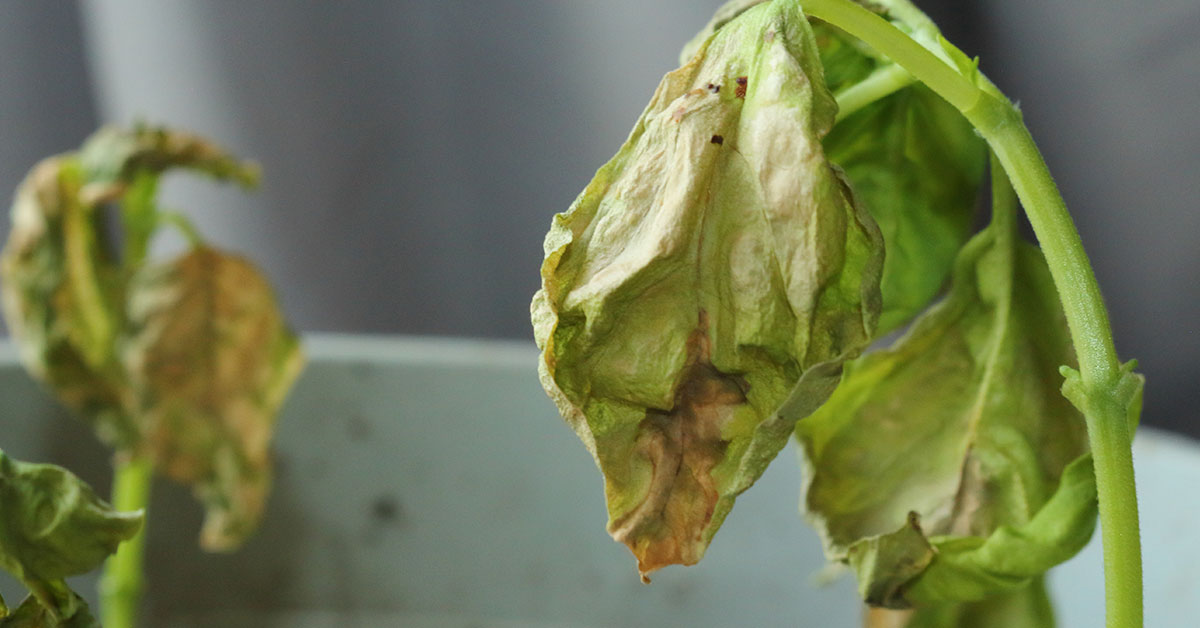
Why Is My Basil Wilting? The Garden Magazine
Your basil is wilting due to seven common reasons: watering problems, a too small container, diseases, pest infestation, flowering, transplant shock, changes in temperature, and lack of regular pruning. One of these reasons might be bothering your basil plant, making it ill. We also include each solution to every problem there is so you can fix.

Dying Basil Plants Verticillium Wilt or Fusarium Wilt 3 Wondrous
The most common cause of plants wilting is a lack of water. When the soil of your basil doesn't get enough water, the roots don't have enough to absorb. Why is this important? The roots send water and food to other basil plant parts. So, when the roots are left without water for an extended period, they can't send the nutrients.

Basil Plant Wilting? (Solutions That Actually Work) Gardener Report
Dry soil is the most common reason for a basil plant wilting. If your basil plant is drooping or wilting, check the soil and reconsider your watering schedule. If you can't solve it with a simple change in watering, keep reading for the most common reasons for wilted basil.
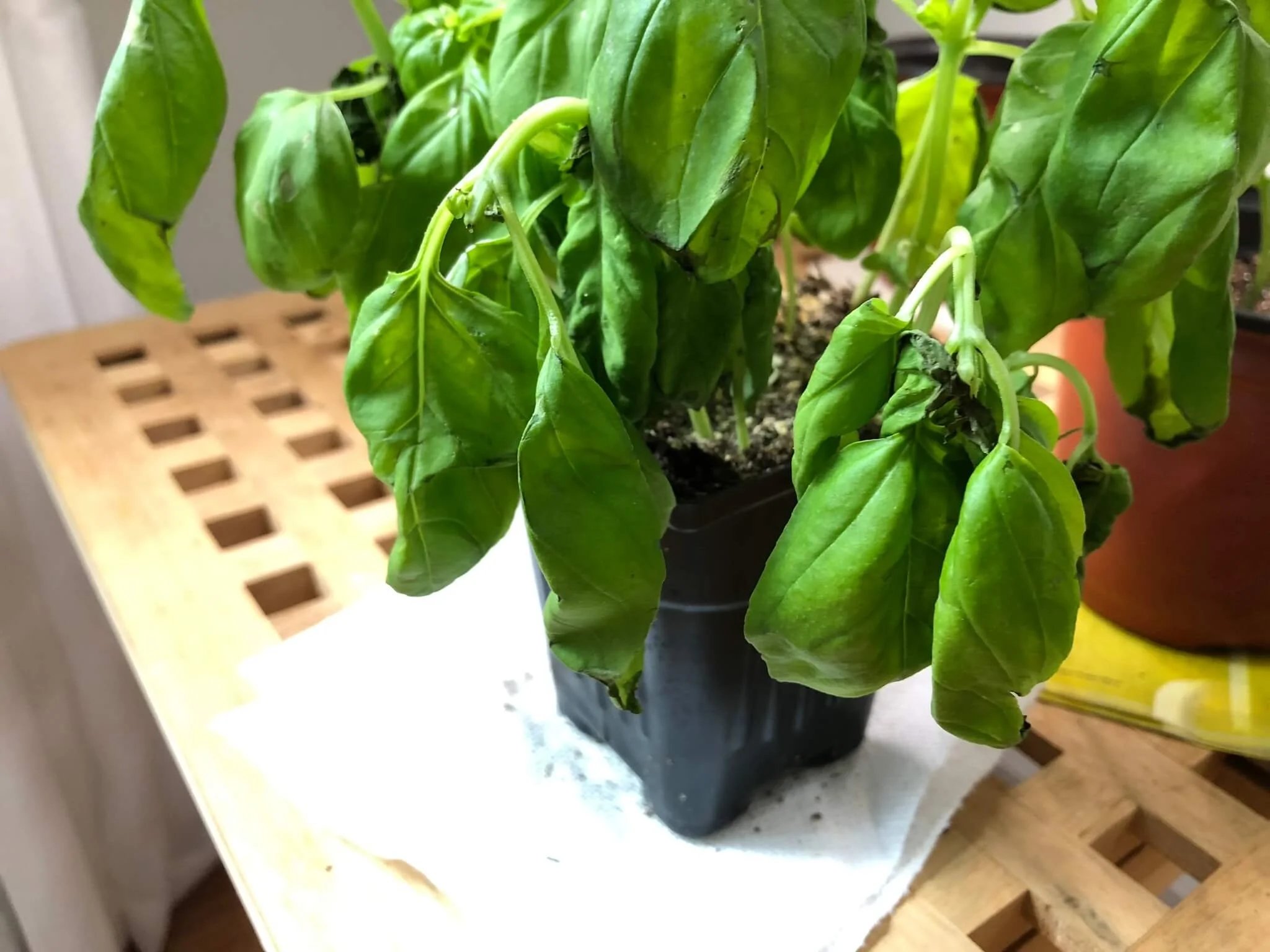
7 Reasons For Your Basil Leaves Wilting And Solutions To Fix It
Basil prefers well-drained soil and full sun, but overwatering can cause wilting and yellowing near the base. Basil prefers well-drained soil and full sun, which can sound like somewhat of an oxymoron. It is particular about when and how much it is watered. It will show signs of stress if it goes too far above or below that.

Why is my basil wilting? Common reasons why and easy fixes
Why Is My Basil Plant Wilting? Wilting basil is usually caused by dry soil. If you skipped a few days of watering, your wilting basil plant might just need some water to get back to normal. If your basil starts withering it might just be that it's thirsty! However, there can be other reasons such as hot weather or being in a pot that is too small.
My basil is wilting and turning brown in some areas. Anybody know what
Mar 19 Written By Kelly Keating Is your basil plant wilting? Basil leaves wilting is a common problem with this herb. There are several reasons why your basil leaves may be drooping, and we will discuss some solutions to help revive them. The seven reasons for basil leaves wilting include: Watering Problems Diseases that affect basil plants
Boulder Flatiron Blog Basil wilted from cold getting down to 36
If your basil is wilting, it's likely a sign that something isn't right in its care routine. The exception may be when you notice wilting towards the start of fall - when basil is likely to start fading for the winter ahead. Unless you take your plants inside, basil will usually die and go back to seed - it's an annual.

Basil Plant Wilting 5 Wilted Basil Causes (& Easy Fixes)
Why is Basil Plant Wilting? Naturally, basil requires full sun and frequent watering in well-drained, fertile soil. Thus, when your basil plants fail to get this, it starts to wilt. Below are some possible causes for your basil plant wilting. 1. Insufficient Watering Basil grows optimally in a warm environment.
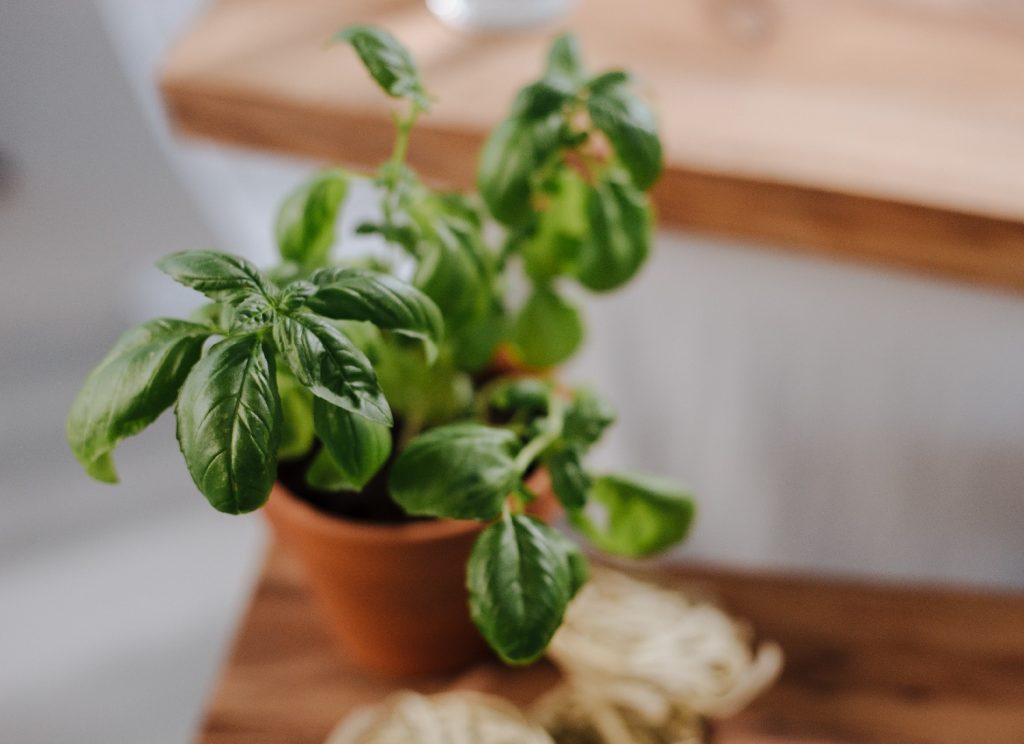
Why Is My Basil Wilting? How You Can Save Your Plant
Basil Leaves Wilting, What's Causing It And How To Fix It? 1. Watering Issues 2. Excessive Temperatures 3. Pest Attack 4. Spread Of Diseases 5. Lack Of Space 6. Transplant Shock 7. Poor Soil Quality 1. Watering Issues Reasons Basil Leaves Wilting - Watering Issues Watering issues are the most common cause of basil leaves wilting.

Why Is My Basil Wilting? How You Can Save Your Plant
Stop Basil From Wilting! If your basil is wilting, don't stress too much about it. It's likely due to improper care or infrequent watering, which you can quickly correct. Assess if your plant appears to have a disease, and if not, follow the basic plant care tips outlined above to keep this herb flourishing in the garden.
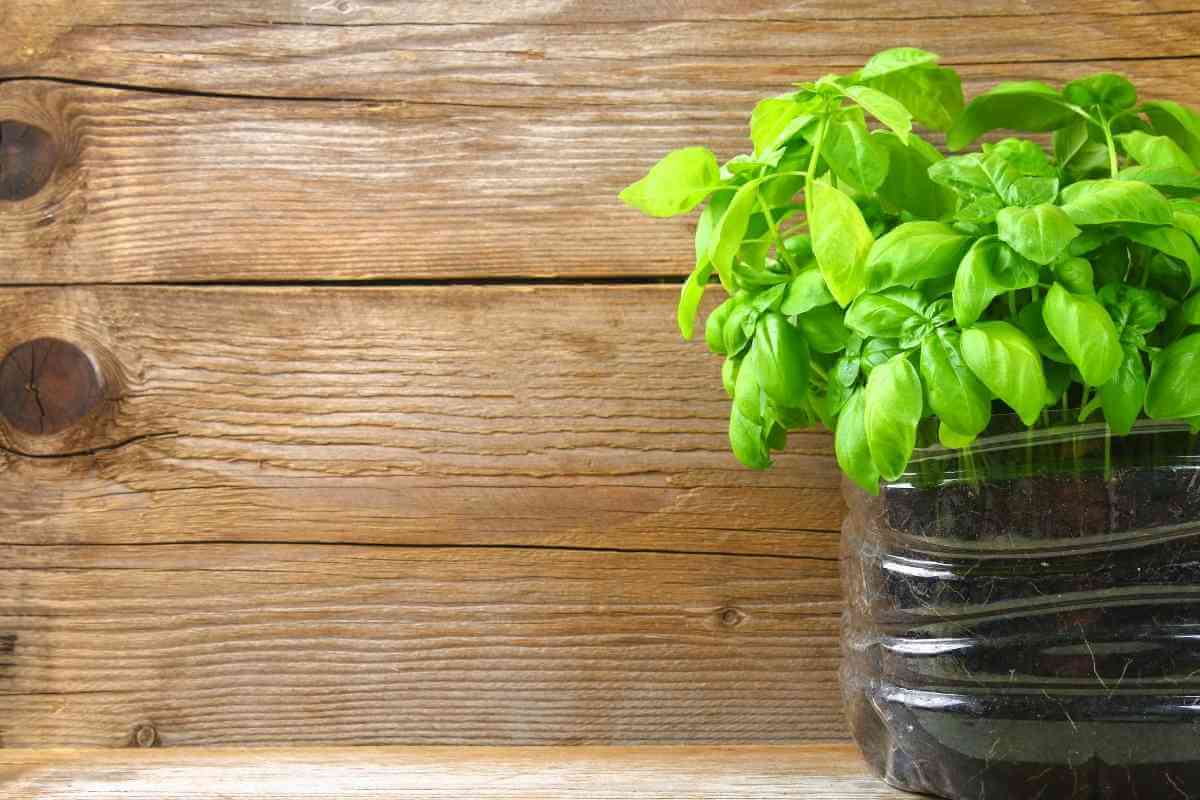
Why Is Basil Plant Wilting? (9 Causes and Solutions)
Fortunately, there are also three easy ways to fix a wilting basil plant. First, prune the plant to remove any dead or dying leaves. Second, check the water level and make sure you're not watering too often or too little. Finally, move the plant to a location where it will receive more light if necessary.